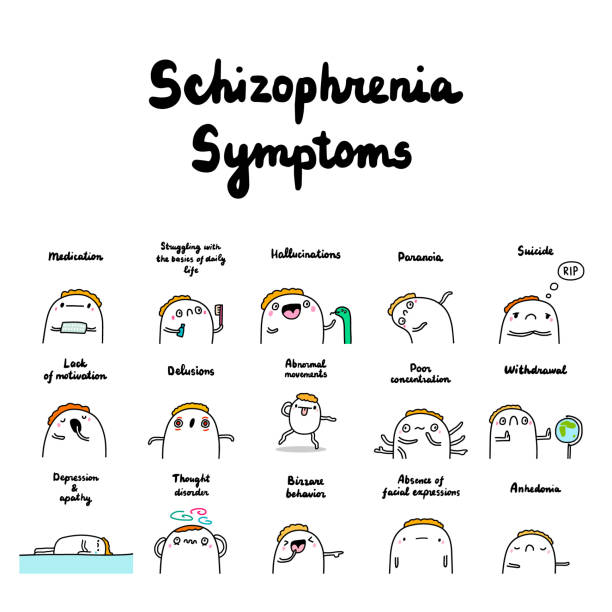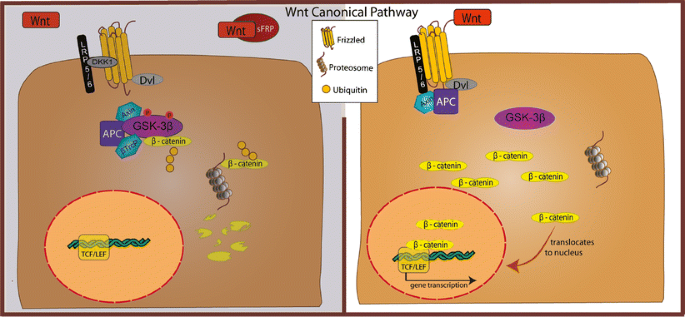Did you know that even your psychiatrist might be suffering from a mental illness? Increased awareness on mental illness today shows how far humans have come in trying to understand each other. While some places around the world are still trying to figure it out, many countries have embraced the need for empathy when dealing with people suffering from a mental illness.
Now, some neuroscience behind it. Relating this to mental illness, Wnt signaling may play a role in mental illness specifically schizophrenia . This mental illness is characterized by disruptions in thinking, emotions, and behavior, just like the figure below depicts. The wnt signaling pathway is like a set of instructions inside our cells that tells them what to do. It involves a protein called β-catenin. Normally, β-catenin is tagged for disposal by a group of proteins when there’s no Wnt signal around. But when a Wnt signal comes along and connects with its receptor, it’s like a green light for the pathway. This stops the disposal process, allowing β-catenin to build up inside the cell. Then, it moves into the nucleus, where it helps turn on specific genes that control cell behavior.

Figure 1. Cartoon depicting the common symptoms of schizophrenia
Research suggests that the irregular signaling in the Wnt signaling pathways may contribute to the development of schizophrenia by affecting brain development, neurotransmitter function, and synaptic plasticity. But specifically, the dysregulation of Wnt signaling pathways may disrupt the formation and function of synapses, which are the connections between neurons in the brain. This disruption could lead to impaired communication between brain cells, contributing to the symptoms of schizophrenia. However, the exact relationship between Wnt signaling and schizophrenia is complex and requires further investigation.

Figure 2. Diagram showing wnt signaling pathway [1]
To break it down further, without Wnt ligand binding, an intracellular complex including GSK3β, Axin, APC, and CK1α keeps β-catenin phosphorylated and marked for degradation. However, Wnt ligands binding to their receptors cause a cascade leading to the dissociation of the destruction complex. This stabilizes β-catenin, allowing it to accumulate in the cytoplasm and move into the nucleus.
Looking at treatments, Lithium is widely used as a treatment for bipolar disorder and sometimes schizophrenia, due to its potential impact on Wnt signaling pathways. Lithium is known to increase the levels of β-catenin and therefore subsequent activation of canonical Wnt signaling, which may play a role in mediating the mood-balancing effects of lithium. [2]
A note on empathy. Seeing how complex the science behind mental illness is, it makes us wonder when scientists might be able to figure it all out. These gaps in knowledge reveals how complex it might be for those actually experiencing an illness no one entirely understands. Therefore, it is important to always show empathy to individuals living with the symptoms of mental illness. Because even though they may not have received a diagnosis yet, they may be tangled in navigating through their own experiences. Someone suffering from a mental illness could be your neighbor or even best friend. Who knows?

Figure 3. Artstract created by student showing a word cloud to raise awareness on mental health
References.
[1] Inestrosa, N.C., Montecinos-Oliva, C. & Fuenzalida, M. Wnt Signaling: Role in Alzheimer Disease and Schizophrenia. J Neuroimmune Pharmacol 7, 788–807 (2012). https://doi.org/10.1007/s11481-012-9417-5
